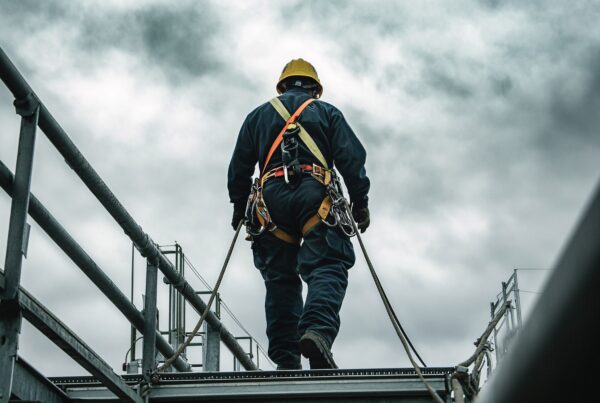
What’s an Independent Medical Exam?
For years the Department of L&I and Self-Insured Employers (SIEs) have relied on the “Independent” Medical Exam as a way to contest injured workers’ claims, and moreover, injured workers’ doctors’ medical treatment plans, and the relationship of conditions to industrial injuries, etc.
Got an exam coming up? Check out our page focused on IMEs.
In short, the original reason for IMEs was to offer a third-party medical opinion when the Department of L&I or SIE (the insurers) and their medical staff disagreed with the assessment of the injured worker’s doctor. Over time, the process has been manipulated through duplicative and unnecessary exams, questionable assignment parameters, and the shockingly predictable reports made by the same handful of doctors that clearly favor the people paying their fees (the insurers).
Are we biased? Yes. Are we wrong? No.
If you’ve ever been through an IME and read the report, you already know what we’re talking about. But there’s change-a-comin’!
What is House Bill 1068?
This is major…relatively. The Bill has passed and been signed into law. There’s much, much more work to be done, and we didn’t get everything we wanted, but two major changes have occurred:
- Independent Medical Exams will now be referred to as Compelled Medical Exams.
Is this major? Well, rather than quote a line from Shakespeare about what names mean, this really is more than just wordplay. These exams were never independent. These examiners were and are hired to give the insurer exactly what they want to hear. Some are worse than others, but at least now they can’t fly under the “independent” flag. By renaming these exams “compelled,” we can take the sheep’s clothing off of the wolf.
- You can now record the AUDIO AND VIDEO during your exam.
This is the biggie. We can’t tell you how often our clients call us after an IME, especially after reading the report, with the same complaint: “That’s not at all what happened/what was said during the exam.” Well, now we get to see and hear exactly what did happen. There are some caveats though. Here are the rules regarding the recording of exams:
- You must give at least seven days’ notice to the entity scheduling the exam you intend to record. *House Bill 1068 requires the Washington Department of L&I to define rules on the notification process which should be made available soon. For now, just make sure it’s in writing and sent to the entity scheduling the exam.
- The worker must take reasonable steps to ensure the recording doesn’t interfere with the exam — the person being examined cannot be the one holding the camera, so bring a tripod or a witness over the age of 18 who can do so.
- Upon request, the worker must provide one copy of the recording to the Department or Self-Insured Employer within 14 days of such a request.
- Don’t alter the recording. Any benefit received as a result of an altered recording may be subject to repayment or potentially criminal proceedings.
- Do not post the video on social media.
- It’s possible that this rule may be found to be an unconstitutional restraint on free speech, but for now, it’s the law.
What does it all really mean?
Time is going to tell. This should shed light on what really takes place at an IME/CME, but this isn’t a doorway to the hidden camera interview where the bad guy gets caught in the act. After all, you have to notify them of your intent to record. It should also help hold IME doctors more accountable for their conclusions, and lessen reports that contain wildly different outcomes than those promised during the exam while the injured worker is in their presence.
Word of caution: We have all seen clips of the person interacting with police, shoving a phone in the officer’s face, and screaming about their rights and how well they know the law. Don’t let this be you. If you obstruct the doctor, you will have to attend another exam and likely be hit with a non-compliance status and possibly charged for what would effectively be a no-show fee.
Be calm and work with them to determine the best location to place a tripod. If the doctor is not reasonably accommodating your request to record the exam, or is trying to obscure the view of the camera (perhaps by standing in front of it), politely and calmly request that they allow the recording to continue unobstructed. Furthermore, you will not consent to any portions of the exam that cannot be accurately recorded.
Cameras are everywhere, so take one to your IME too!
This is a great breakthrough in leveling the playing field for injured workers. The Department of L&I and SIEs have nearly unlimited budgets to fight your claim in the hopes that they will win and it will have a cooling effect on other injured workers filing claims. This is a right for which we, as workers in Washington, pay for both in taxes and by forfeiting our right to bring lawsuits against negligent employers. We still have a long way to go before we can say that the laws and practices of employers are in line with the spirit of the Industrial Insurance Act (drafted in 1911).
If you want help advocating for your rights as an injured worker in Washington State or have questions about what this means to you, give us a call or schedule a free consultation.



